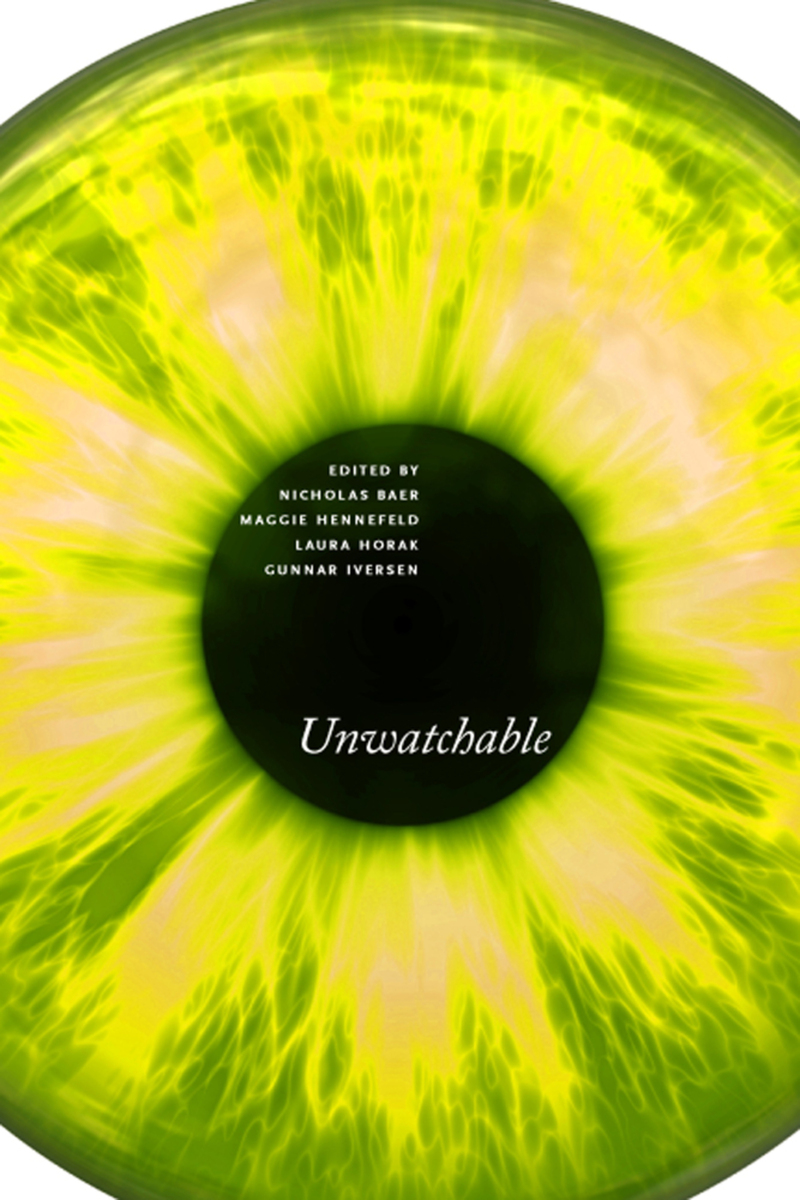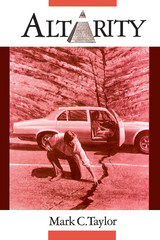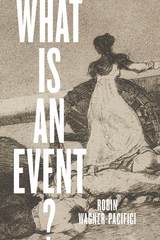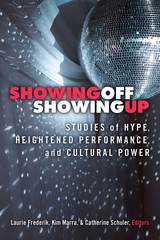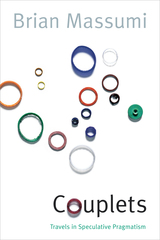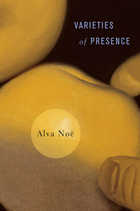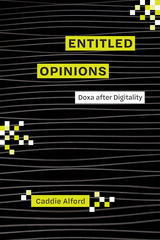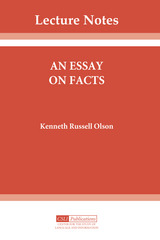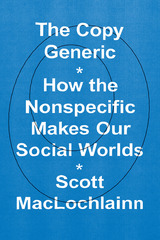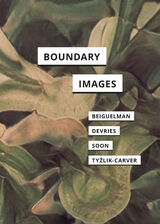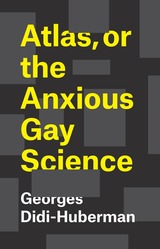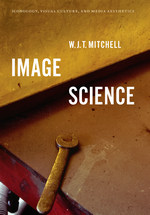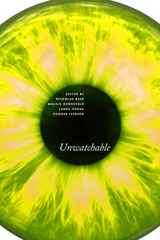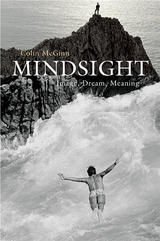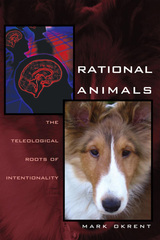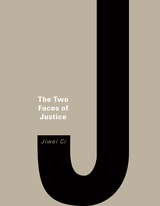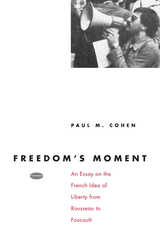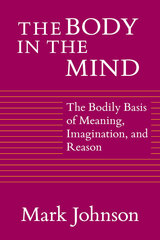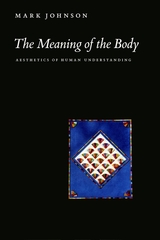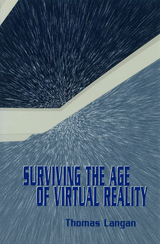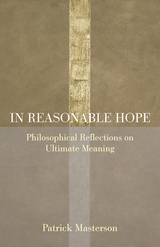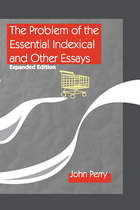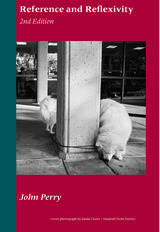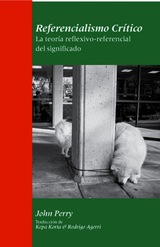contributions by Noel Carroll, Mel Chen, Jonathan Crary, Abigail De Kosnik, Samuel England, Mattias Frey, Peter Geimer, Michael Boyce Gillespie, Asbjørn Grønstad, Boris Groys, Frances Guerin, Jack Halberstam, Barbara Hammer, Julian Hanich, Stefano Harney, J. Hoberman, Lynne Joyrich, Alexandra Juhasz, E. Ann Kaplan, Katariina Kyrölä, Nathan Lee, Akira Lippit, Jennifer Malkowski, W.J.T. Mitchell, Brandy Monk-Payton, Fred Moten, Bill Nichols, Jan Olsson, Danielle Peers, Raul Perez, Mauro Resmini, B. Ruby Rich, Elif Rongen-Kaynakçi, Jonathan Rosenbaum, Rebecca Schneider, Jeffrey Sconce, Jared Sexton, Philipp Stiasny, Meghan Sutherland, Bennet Togler, Erika Balsom, Leshu Torchin, Alok Vaid-Menon, Christophe Wall-Romana, Meir Wigoder, Emily Wills, Federico Windhausen, Stanley Wolukau-Wanambwa, Genevieve Yue, Alenka Zupancic, Poulomi Saha, Kenneth Berger, Vivian Sobchack, Susie Bright, Alex Bush and Alec Butler
eISBN: 978-0-8135-9961-8 | Cloth: 978-0-8135-9959-5 | Paper: 978-0-8135-9958-8
Library of Congress Classification B105.I47U59 2019
Dewey Decimal Classification 153.32
With over 50 original essays by leading scholars, artists, critics, and curators, this is the first book to trace the “unwatchable” across our contemporary media environment, in which viewers encounter difficult content on various screens and platforms. Appealing to a broad academic and general readership, the volume offers multidisciplinary approaches to the vast array of troubling images that circulate in global visual culture.
MAGGIE HENNEFELD is an assistant professor of cultural studies and comparative literature at the University of Minnesota, Twin Cities. She is the author of Specters of Slapstick and Silent Film Comediennes.
LAURA HORAK is an associate professor of film studies at Carleton University in Ottawa, Canada. She is the author of the award-winning Girls Will Be Boys: Cross-Dressed Women, Lesbians, and American Cinema, 1908–1934 (Rutgers University Press).
GUNNAR IVERSEN is a professor of film studies at Carleton University. He is the author, coauthor, or editor of more than twenty books.
"While many edited anthologies boast interdisciplinarity and intermediality, Unwatchable stands out for the astounding reach of the media and discourses marshalled under its theme. Its implications are manifold, evidence that 'unwatchable' is more than just an aesthetic category. Unwatchable’s editors suggest that the currently unobservable, whether expressly repudiated or involuntarily rendered invisible, will surely linger and haunt the public imagination for years—if not generations—to come."
"While many edited anthologies boast interdisciplinarity and intermediality, Unwatchable stands out for the astounding reach of the media and discourses marshalled under its theme. Its implications are manifold, evidence that 'unwatchable' is more than just an aesthetic category. Unwatchable’s editors suggest that the currently unobservable, whether expressly repudiated or involuntarily rendered invisible, will surely linger and haunt the public imagination for years—if not generations—to come."
Introduction: Envisioning the Unwatchable
Part I: Violence and Testimony
Theorizing the Unwatchable
1. W. J. T. Mitchell, Unwatchable
2. Boris Groys, The Gaze from Within
3. Stefano Harney and Fred Moten, The Unwatchable and the Unwatchable
4. Alenka Zupančič, Melting Into Visibility
5. Meghan Sutherland, Pro Forma
Spectacles of Destruction
6. Jonathan Crary, Terminal Radiance
7. Poulomi Saha, Unwatched/Unmanned: Drone Strikes and the Aesthetics of the Unseen
8. Alex Bush, Breakaway
9. Meir Wigoder, The Watchability of the Unwatchable: Television Disaster Coverage
Bearing Witness
10. Peter Geimer, The Incommensurable
11. Leshu Torchin, Not Seeing is Believing: The Unwatchable in Advocacy
12. Frances Guerin, Even If She Had Been a Criminal: A Past Unwatched
13. Federico Windhausen, Deframing Evidence: A Transmission from Los ingrávidos
14. Emily Regan Wills, Alan Kurdi’s Body on the Shore
Visual Regimes of Racial Violence
15. Stanley Wolukau-Wanambwa, Held Helpless in the Breach: On American History X
16. Jared Sexton, The Flash of History: On the Unwatchable in Get Out
17. Alexandra Juhasz, Nothing is Unwatchable for All
18. Michael Boyce Gillespie, Empathy. Complicity.
Spectacularization and Resistance
19. Alok Vaid-Menon, Entertainment Value
20. Alec Butler, Holocausts, Hallowe’en, and Headdresses
21. Danielle Peers, Unwitnessable: Outrageous Ableist Impersonations and Unwitnessed Everyday Violence
Part II: Histories and Genres
The Tradition of Provocateurs
22. Asbjørn Grønstad, The Two Unwatchables
23. Akira Lippit, Real Horrorshow
24. Mauro Resmini, Asymmetries of Desire: Salò, or the 120 Days of Sodom
25. Mattias Frey, Unstomachable: Irréversible and the Extreme Cinema Tradition
Enduring the Avant-Garde
26. Christophe Wall-Romana, Unwatchability by Choice: Isou’s Venom and Eternity
27. Kenneth Berger, The Refusal of Spectacle: Debord’s Howls for Sade
28. J. Hoberman, Warhol’s Empire: Unwatched and Unwatchable
29. Noël Carroll, Warhol's Empire
30. Erika Balsom, Watching Paint Dry
Visceral Responses to Horror
31. Vivian Sobchack, “Peekaboo”: Thoughts on (Maybe Not) Seeing Two Horror Films
32. B. Ruby Rich, Why I Cannot Watch
33. Genevieve Yue, Apotropes
Pornography and the Question of Pleasure
34. Susie Bright, I Am Curious (Butterball)
35. Bill Nichols, At the Threshold to the Void
Archives and the Disintegrating Image
36. Elif Rongen-Kaynakçi, Restoring Blood Money
37. Jan Olsson, Turning Garbo Watchable: From Swedish Bread Bun to Hollywood Goddess
38. Philipp Stiasny and Bennet Togler, Twilight of the Dead
Part III: Spectators and Objects
Passionate Aversions
39. Jonathan Rosenbaum, “Sad!”: Why I Won’t Watch Antichrist
40. Nathan Lee, Transforming Nihilism
41. Julian Hanich, Oh, Inventiveness! Oh, Imaginativeness! Precious Cinema and Its Discontents: A Rant
42. Jeffrey Sconce, The Biopic is an Affront to the Cinema
Tedious Whiteness
43. Jack Halberstam, White Men Behaving Sadly
44. Brandy Monk-Payton, “You is Kind, You is Smart, You is Important” or, Why I Can't Watch The Help
45. Mel Y. Chen, Two Tables and a Ladder: WCGW?
Reality Trumpism
46. Lynne Joyrich, TV Trumps
47. Abigail De Kosnik, The Once and Future Hillary: Why I Won't Watch Any Fictionalizations of the 2016 Election
Pedagogy and Campus Politics
48. Raúl Pérez, Why We Can’t Take a Joke
49. Jennifer Malkowski, The Bridge and Unteachable Films
50. Katariina Kyrölä, Squirming in the Classroom: Fat Girl and the Ethical Value of Extreme Discomfort
The Triggered Spectator
51. E. Ann Kaplan, What is an “Unwatchable” Film? (With Reference to Amour and Still Alice)
52. Barbara Hammer, Watch at Your Own Peril
53. Samuel England, Sects, Fries, and Videotape
54. Rebecca Schneider, Off Watch
Acknowledgments
Filmography
Bibliography
Notes on Contributors
Index
See other books on: Halberstam, Jack | Image (Philosophy) | Representation (Philosophy) | Visual communication | Visual perception
See other titles from Rutgers University Press
